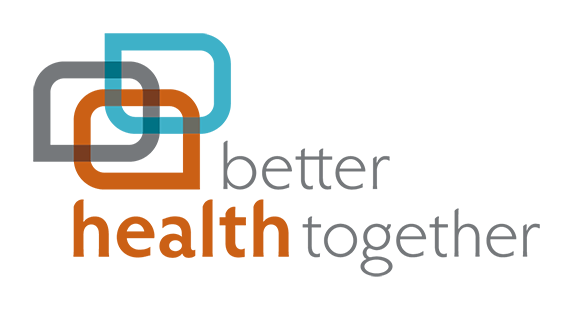In 2010, 86% of total healthcare spending in the US was spent on individuals diagnosed with chronic medical issues. The most prominent among these diseases include cancer, cardiovascular disease, diabetes, HIV/AIDS and obesity. Of the various components of our health that we can control, nutrition is one of the most influential factors.
We are thrilled to see a rising trend in providers and payers partnering with programs to provide nutritional support in three forms; provision, incentive and education.
1. Provision
Provides a direct provision of food that is customized to the patient’s personal medical diagnosis through both home delivery and medically customized food banks. These programs primarily serve patients who have serious chronic disease diagnoses and attempt to both improve both quality of life and prevent additional hospital visits and or medical costs. These programs come in the form of non-profit companies, sustained primarily by donations, as well as companies contracted with health insurers.
2. Incentives
Comprised of food purchasing incentives, in which particular foods with health benefits such as fruits and vegetables are either subsidized by the programs or incentivized. Patients may receive a food prescription from their primary care physician which functions as a kind of coupon at local vendors for fresh and healthy foods. Additionally, some insurance providers are partnering with grocery stores to provide discount cards on certain healthy foods.
3. Education
Not knowing how to prepare healthy meals can be the biggest barrier to good nutrition. Education programs seek to teach individuals how to properly construct a diet that fits with their health needs. These programs are prevention focused, and tend to target audiences that are at risk for developing chronic illness. Lifestyle education focuses on healthy cooking, how to exercise effectively and how to understand the cause and effect of their lifestyle choices on their health.
“Food insecurity is linked to a 46 percent increased likelihood of becoming a ‘high cost user’ of healthcare” (source)
Utilization and implementation of nutrition intervention programs has the ability to drastically impact chronic illness rates, medical costs, insurance coverage and nutrition accessibility.
Here in Eastern Washington, where 1 in 3 children is overweight or obese, and rates of Diabetes are climbing, innovating new programs to help people access and prepare healthy food will be essential to preventing health crisis. In our prevention work, we collaborate with local partners to innovate ideas like those above, and increase food access and food literacy to meet our region's health needs upstream.
To read more, visit: http://www.chlpi.org/wp-content/uploads/2013/12/Food-is-Prevention-Report-July-2015.pdf
















